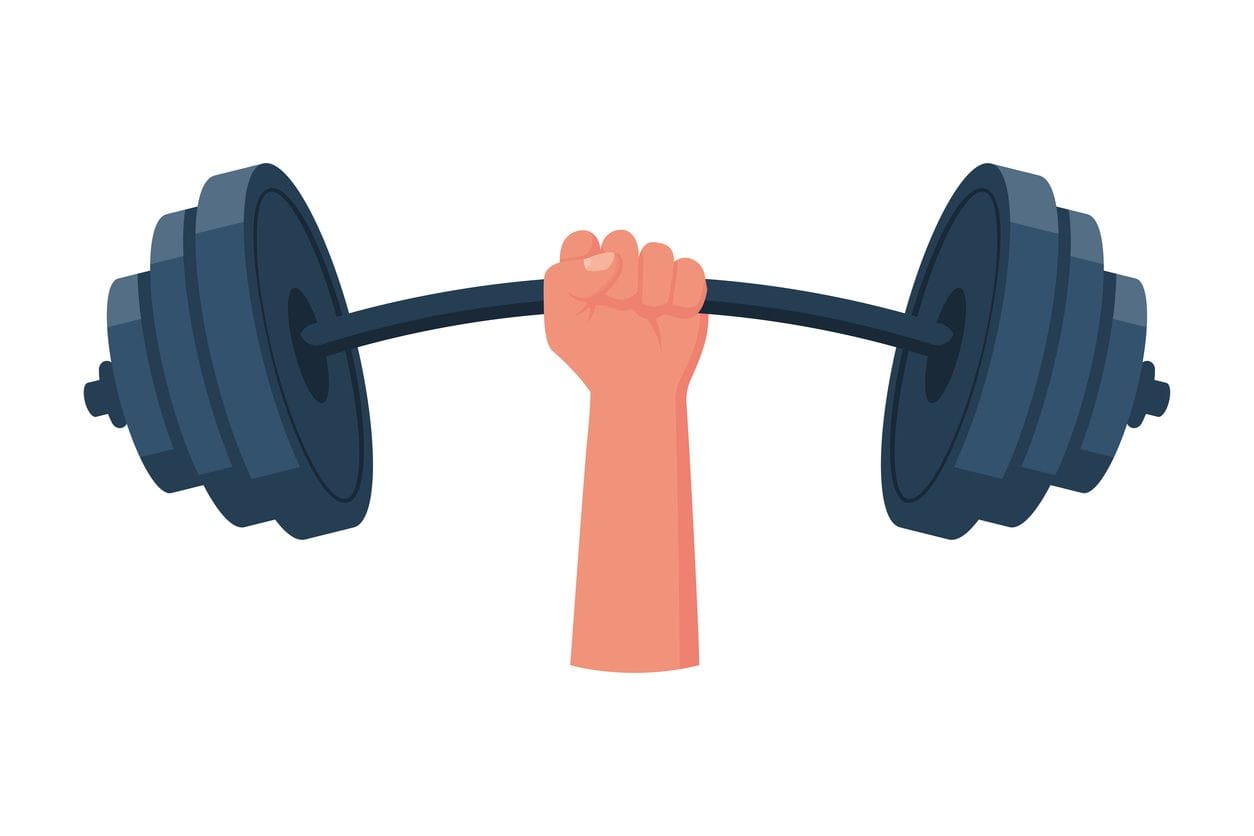Unlock your full potential: The game-changing benefits of strength training for athletes
)
What are the key benefits of strength training for endurance athletes and why is it an essential component of any training regimen?
Strength training has traditionally been seen as the domain of bodybuilders and powerlifters. However, its benefits extend far beyond the realm of muscle size and brute strength, particularly for endurance athletes. Whether you're a runner, cyclist, swimmer, or triathlete, incorporating strength training into your routine can provide a multitude of advantages.
“Doing aerobic exercise and ignoring strength exercises is like remembering to change the oil in the car but ignoring the transmission fluid.” -- Rob Newton, Professor of Exercise and Sports Science, Edith Cowan University, Western Australia
Benefits of strength training
Enhanced Performance
One of the most compelling reasons for endurance athletes to embrace strength training is its potential to significantly boost performance. By increasing muscle strength, athletes can improve their power output, allowing them to maintain higher speeds and endure longer durations without fatigue. For runners, this translates to a more powerful stride and better running economy. Cyclists will notice more efficient pedalling, and swimmers can achieve more powerful strokes.
Injury Prevention
Endurance sports can take a toll on the body, often leading to overuse injuries. Strength training helps mitigate this risk by strengthening muscles, tendons, and ligaments, making them more resilient to the repetitive stress endured during endurance activities. Moreover, a well-rounded strength training program addresses muscular imbalances that can lead to injury. For example, runners often develop strong quadriceps but weaker hamstrings and glutes, which can cause knee issues. Strengthening these weaker areas helps to prevent such problems.
Improved Running Economy
Running economy refers to the energy demand for a given velocity of running. Enhanced running economy means that an athlete can run faster and longer with less energy expenditure. Research has shown that strength training, particularly exercises focusing on the lower body, can improve running economy by enhancing muscle stiffness and reducing the amount of energy lost during ground contact. Plyometric exercises, such as jump squats and bounding, are especially effective in this regard.
Better Fatigue Resistance
Endurance athletes are no strangers to fatigue. Strength training enhances muscle endurance, allowing athletes to sustain their efforts for longer periods. By increasing the size and strength of muscle fibers, athletes can delay the onset of fatigue, which is crucial during long-distance events. Additionally, strength training can improve the efficiency of the cardiovascular system, further contributing to endurance.
Enhanced Metabolic Rate
Strength training boosts the metabolic rate, which can be particularly beneficial for optimising energy utilisation and recovery in endurance athletes. A higher metabolic rate means the body burns more calories at rest, helping athletes maintain a lean physique, which is advantageous for performance. Moreover, a leaner body composition improves the power-to-weight ratio, a critical factor in sports like cycling and running. Increased muscle mass also improves insulin sensitivity and glucose metabolism, which are vital for sustained energy levels during long training sessions and races.
Psychological Benefits
The psychological benefits of strength training should not be overlooked. Engaging in regular strength workouts can enhance mental toughness and confidence. The discipline and perseverance required in strength training translate well to endurance sports, where mental fortitude plays a critical role. Furthermore, the variety provided by strength training can break the monotony of endurance training, keeping athletes motivated and engaged.
Practical Tips for Incorporating Strength Training

1. Start Slow and Progress Gradually: Begin with basic strength exercises and gradually increase the intensity and complexity as your body adapts.
2. Focus on Compound Movements: Incorporate compound exercises like squats, deadlifts, and lunges that work multiple muscle groups simultaneously.
3. Balance Training: Ensure you work on both upper and lower body strength to maintain overall balance and prevent muscle imbalances.
4. Integrate Core Workouts: A strong core is essential for stability and efficiency in endurance sports. Include exercises like planks, Russian twists, and leg raises.
5. Schedule Wisely: Fit strength training sessions around your endurance workouts to avoid excessive fatigue. Consider performing strength workouts on rest days or after shorter endurance sessions.
Conclusion
If you are an endurance athlete, incorporating strength training into your routine offers a myriad of benefits, from enhanced performance and injury prevention to improved running economy and better fatigue resistance. The positive impact on metabolic rate and psychological well-being further underscores its importance. By embracing strength training, you can achieve a well-rounded fitness regimen that propels you to new heights in your respective sports.
By understanding and leveraging these benefits, you can optimise your training and reach your full potential.
---
References
Barrie B. Concurrent resistance training enhances performance in competitive distance runners: a review and programming implementation. Strength Cond J. 2020;42:97-106. https://doi.org/10.1519/SSC.0000000000000528.
Bazyler et al. (2015). Strength training for endurance athletes: Theory to practice. Strength & Conditioning Journal, 37(2), 1-12.
Berryman N. et al. (2018). Strength training for middle- and long-distance performance: A meta-analysis. International Journal of Sports Physiology and Performance, 13(1), 57-64. https://journals.humankinetics.com/view/journals/ijspp/13/1/article-p57.xml
Beattie, K. et al. (2014). The Effect of Strength Training on Performance in Endurance Athletes (Systematic Review). Sports Medicine, 44, 845-865. https://link.springer.com/article/10.1007/s40279-014-0157-y
Goodyear P. (April 7, 2014). Why muscle makes good medicine. The Age. http://www.theage.com.au/lifestyle/diet-and-fitness/blogs/chew-on-this/why-muscles-make-good-medicine-20140404-362d5.html
Llanos-Lagos C. et al. (2024). The effect of strength training methods on middle-distance and long-distance runners’ athletic performance: A systematic review with meta-analysis. Sports Medicine. https://doi.org/10.1007/s40279-024-02018-z
Li F et al. (2019). Effects of complex training versus heavy resistance training on neuromuscular adaptation, running economy and 5-km performance in well-trained distance runners. PeerJ, 7:1-21. https://peerj.com/articles/6787/
Ramirez-Campillo, R. et al. (2021). Effects of jump training on physical fitness and athletic performance in endurance runners: A meta-analysis. Journal of Sports Sciences, 39(18), 2030-2050. https://doi.org/10.1080/02640414.2021.1916261
----
First published in 2018. Updated in June 2024.
| Tags:Strength & ConditioningMost PopularHeart Health for AthletesHH4A |

)